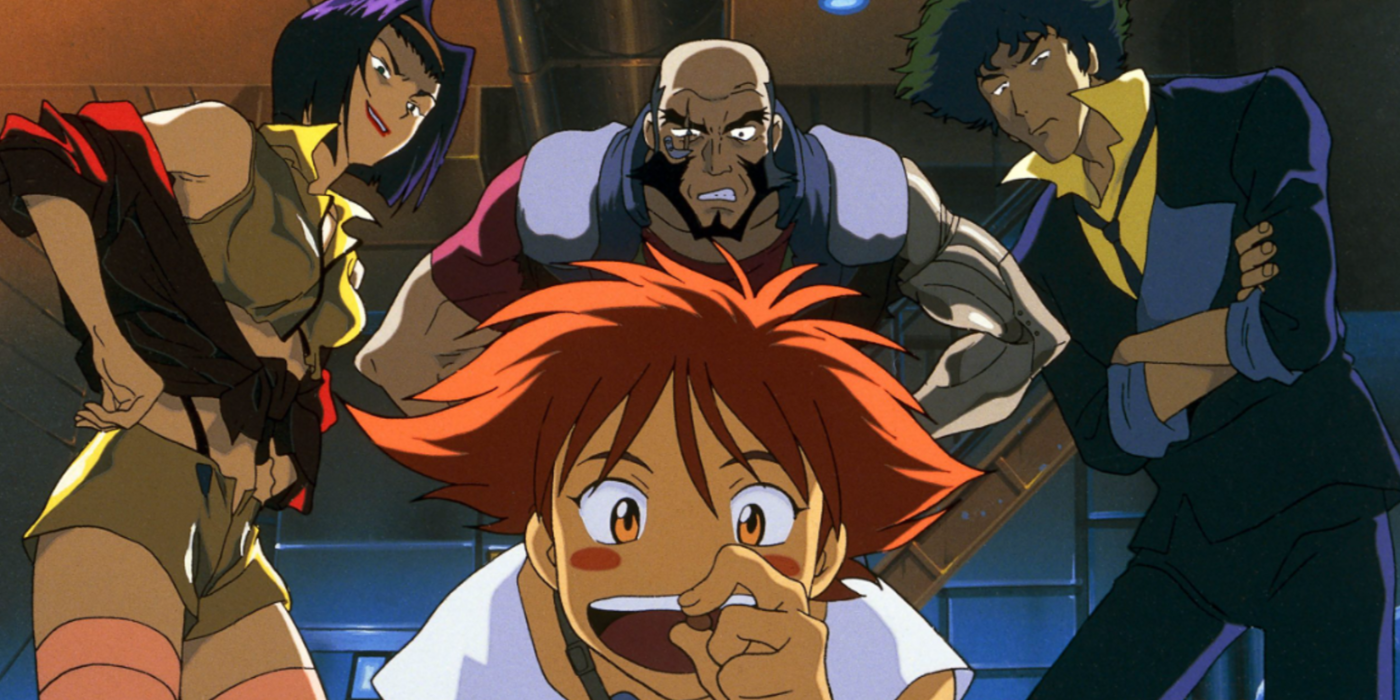
Manga has been the main source of stories that get turned into anime for a long period. Even today, many famous anime series like “One Piece” and the latest sensation “Dandadan”, originate from manga with an established storyline and fanbase. Yet, it’s worth noting that original works, along with adaptations from different mediums such as novels and video games, are also highly sought after in the anime industry.
Anime series that aren’t based on popular, well-regarded mangas carry extra financial risks and are more challenging to create. However, many of the most famous cult classics in anime dare to challenge conventions and bring to life extraordinary stories brimming with original ideas. While these anime series may not stem from a manga, they have demonstrated their quality and enduring impact.

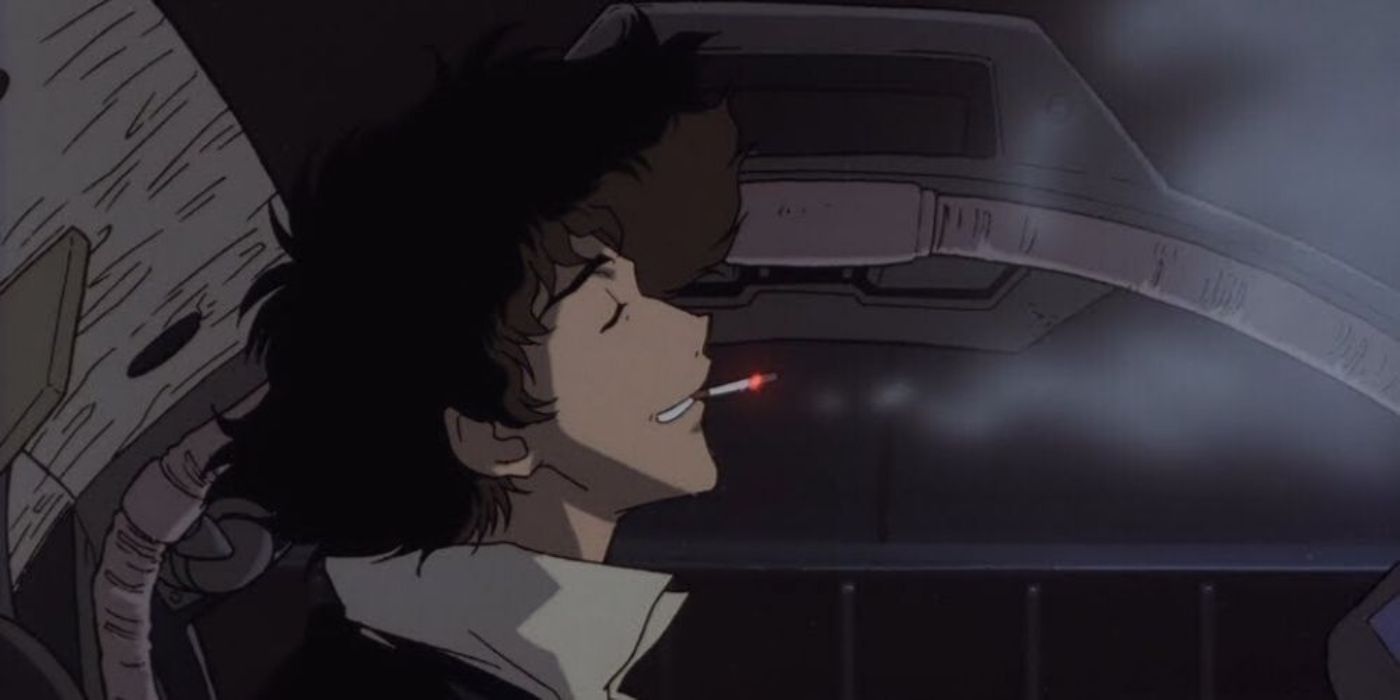
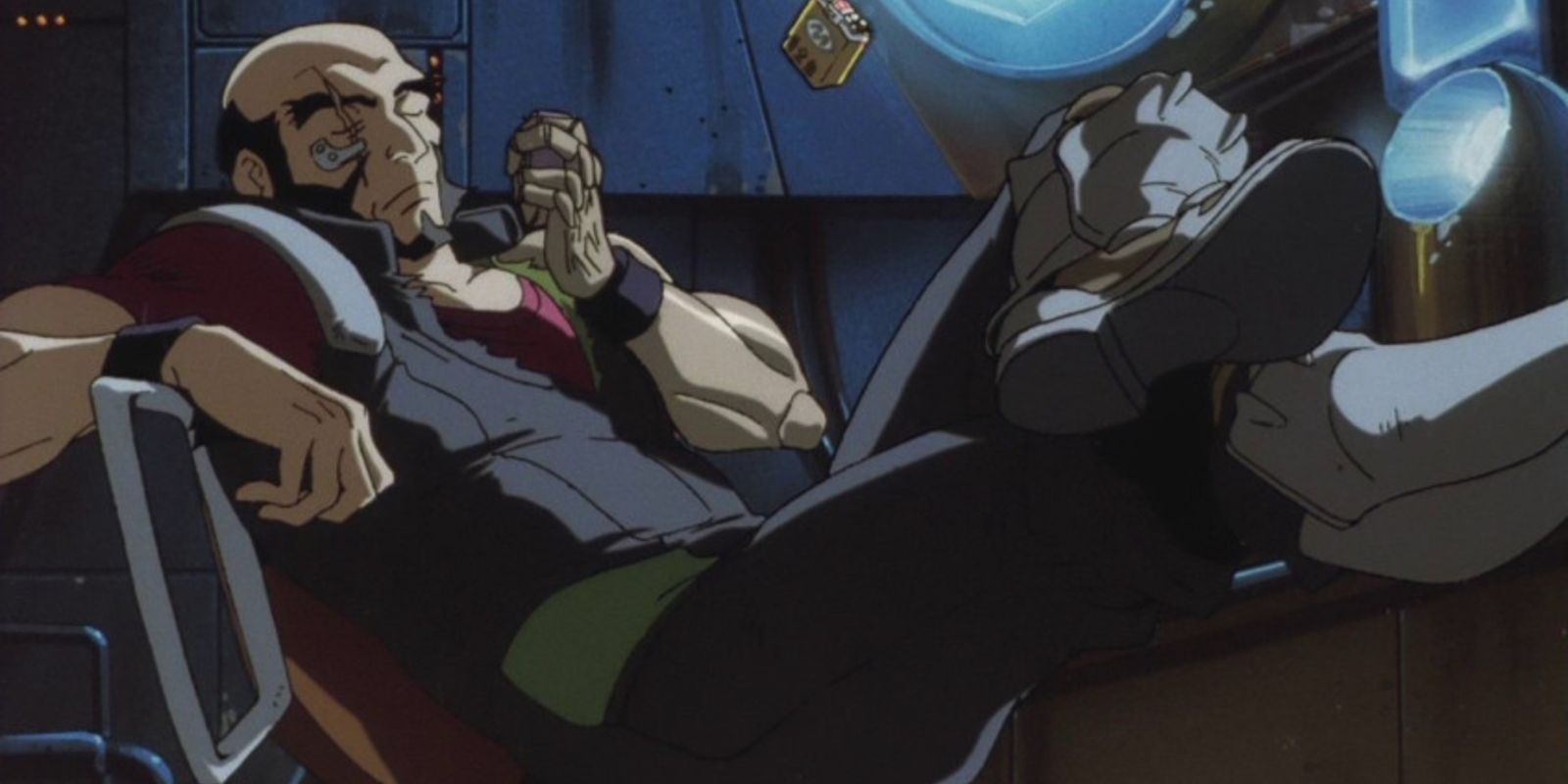
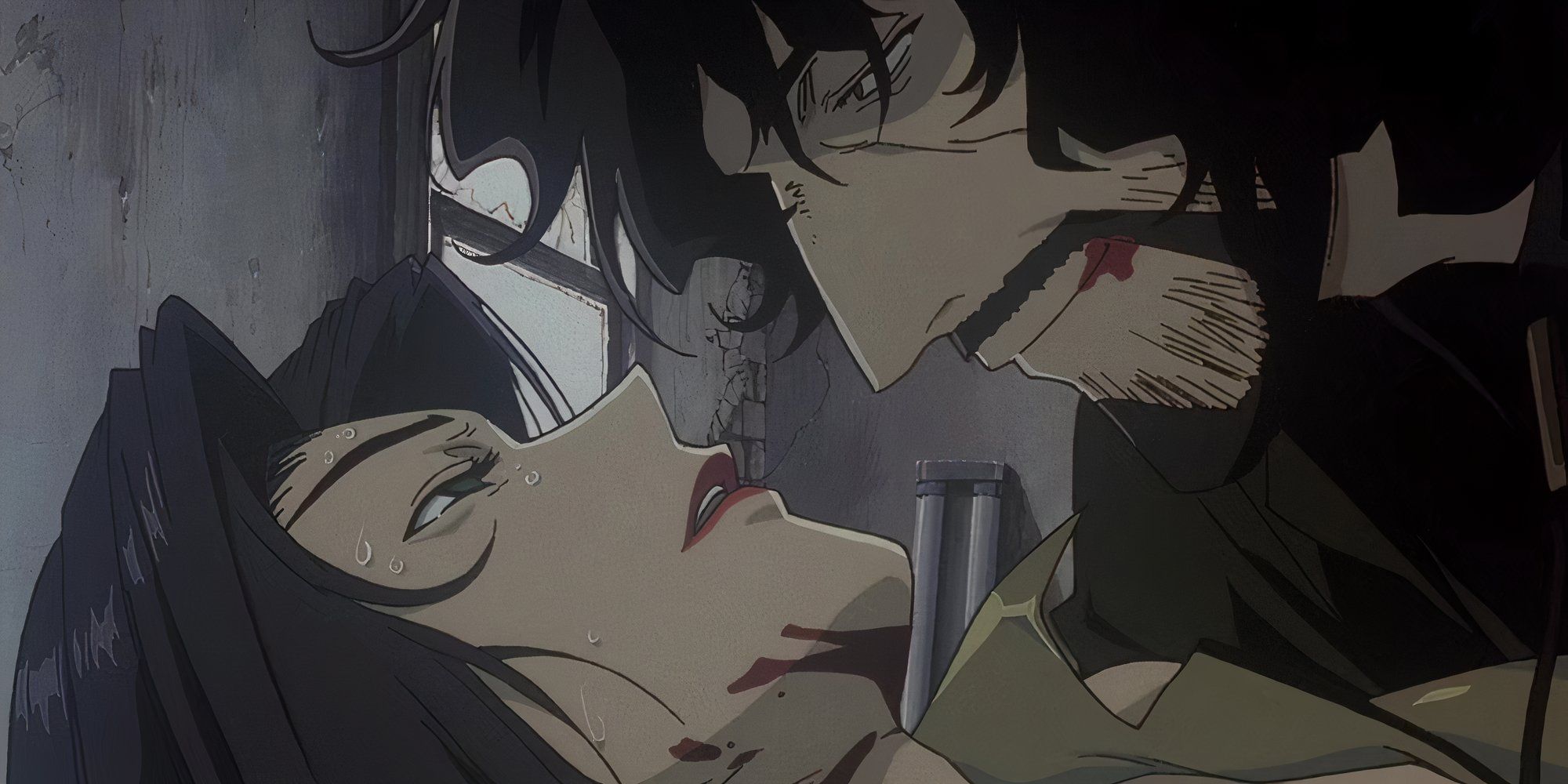
In simple terms, “Cowboy Bebop,” an enthralling space-western series, is famous for its harmonious blend of style and content. The show tells the story of a group of bounty hunters, each with their own past, as they travel through the expanse of space in search of rewards. First airing in 1997, “Cowboy Bebop” was the creation of Hajime Yatate, a pseudonym used by the team behind many original anime productions from Studio Sunrise.
Despite having numerous talented authors associated with it, it’s Shinichiro Watanabe, the director of Cowboy Bebop, who stands out as the most renowned. This series, which seamlessly combines multiple genres within a profoundly moving, eternal tale of existential strife, is widely recognized as one of the greatest original anime series ever made. After achieving significant acclaim, Watanabe went on to establish himself as a highly respected director of unique projects, producing masterpieces such as Samurai Champloo and Terror in Resonance.
As a devoted animation admirer, I can’t help but sing praises for the legendary Satoshi Kon, whose exceptional feature films have left an indelible mark on the global animation community, from “Perfect Blue” to “Tokyo Godfathers.” Although his television anime work may not be as extensive, his masterpiece, “Paranoia Agent,” stands tall as a chilling cult classic in the realm of psychological horror.
The enigmatic force driving the suspenseful narrative of “Paranoia Agent” is none other than Lil’ Slugger – an elusive teenage assailant, striking seemingly random victims in Musashino, Tokyo, with an eerie and inexplicable purpose.
However, the real story behind this widespread panic could be far more ominous than the participants might suspect. An intriguing anime series known as “Paranoia Agent“, which cleverly addresses profound themes amidst its deliberately complex narrative, ranks among the most distinctive works in the genre, comparable to the acclaimed animated films of Kon.
The trend of adapting light novels into anime is often viewed as a recent development. However, it’s actually been around for quite some time, with popular ’90s and early 2000s anime like “Slayers” and the “Monogatari” series being based on these same light novels. During the light novel boom in the early 2000s, one series stood out as a significant cultural influence – “Haruhi Suzumiya,” which also had an anime adaptation called “The Melancholy of Haruhi Suzumiya.
From the standpoint of the cynical high schooler Kyon, this series recounts the peculiar escapades of Haruhi, an unusual girl who is always striving to make her life more exciting, and their SOS Brigade club. Although the impact of Haruhi Suzumiya has diminished over time within the anime community, it was once highly influential, and many continue to regard it as a must-see.
In a striking, emotive journey of self-discovery, the life of 12-year-old Naota Nandaba takes an extraordinary turn when he’s accidentally hit by the unorthodox alien detective Haruko Haruhara. The anime series, FLCL, stands out as one of the most original and beloved cult classics in the world of animation. This creative endeavor was a labor of love for Kazuya Tsurumaki, a seasoned animator at Gainax, who boldly poured his heart into the animation to vividly portray Naota’s tale.
FLCL is an anime that fully showcases its unique qualities, from its innovative, fluid visuals to its absurd yet thought-provoking narrative that moves at a rapid pace. This can be clearly seen when attempts are made to adapt it into other formats, which fail to match the original’s impact. While there are manga and novel adaptations of FLCL, as well as several underwhelming sequel seasons, none manage to recreate the enchantment found in the initial anime series.
.jpg)
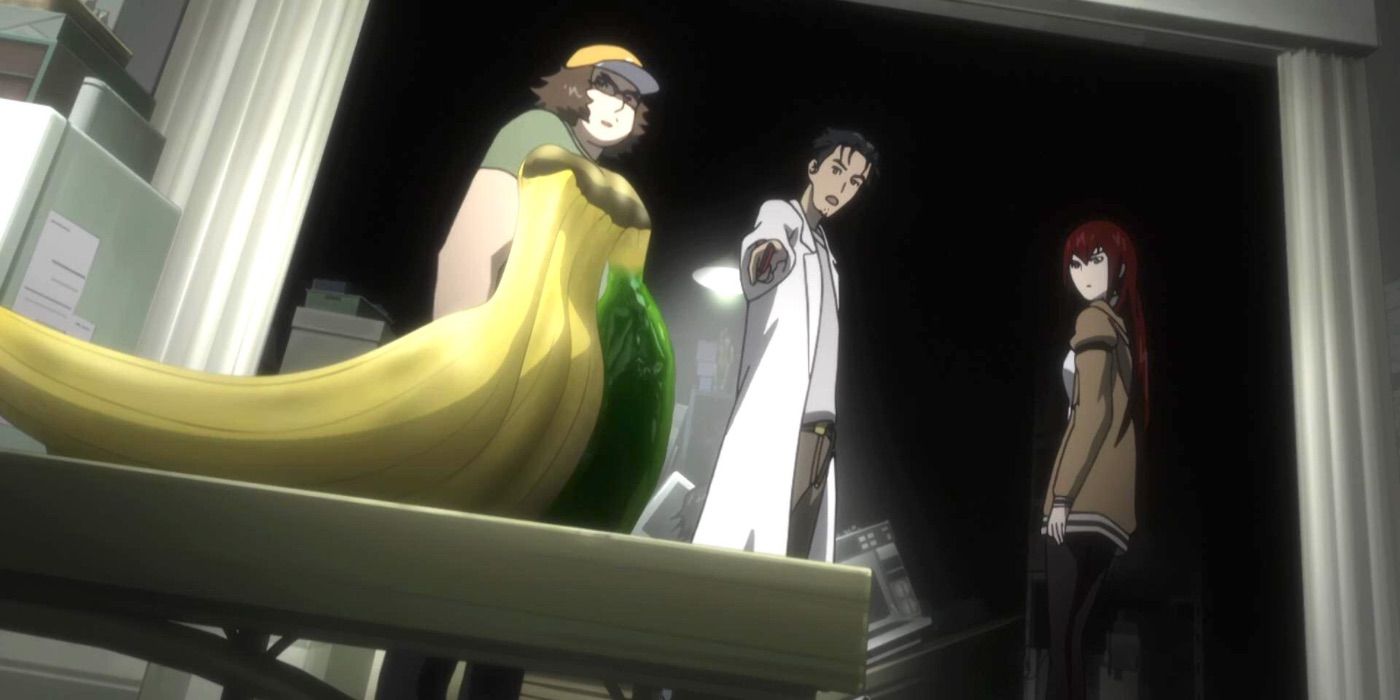
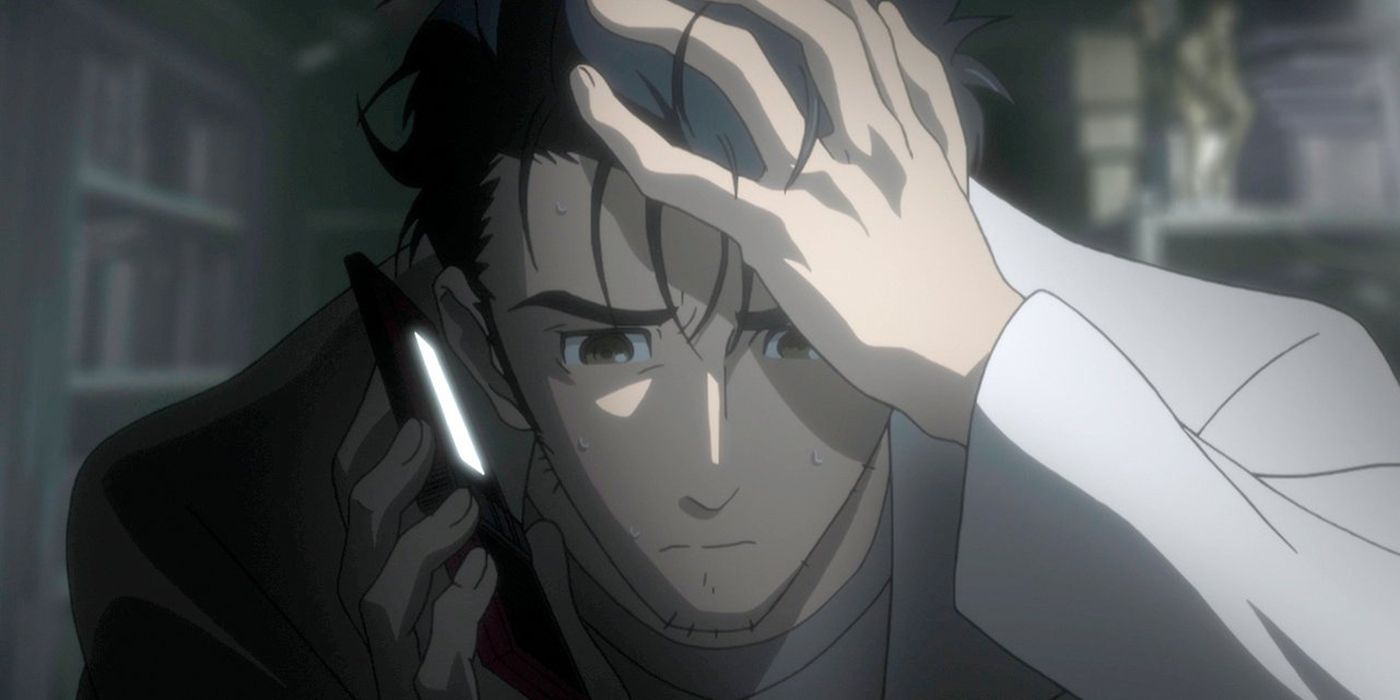
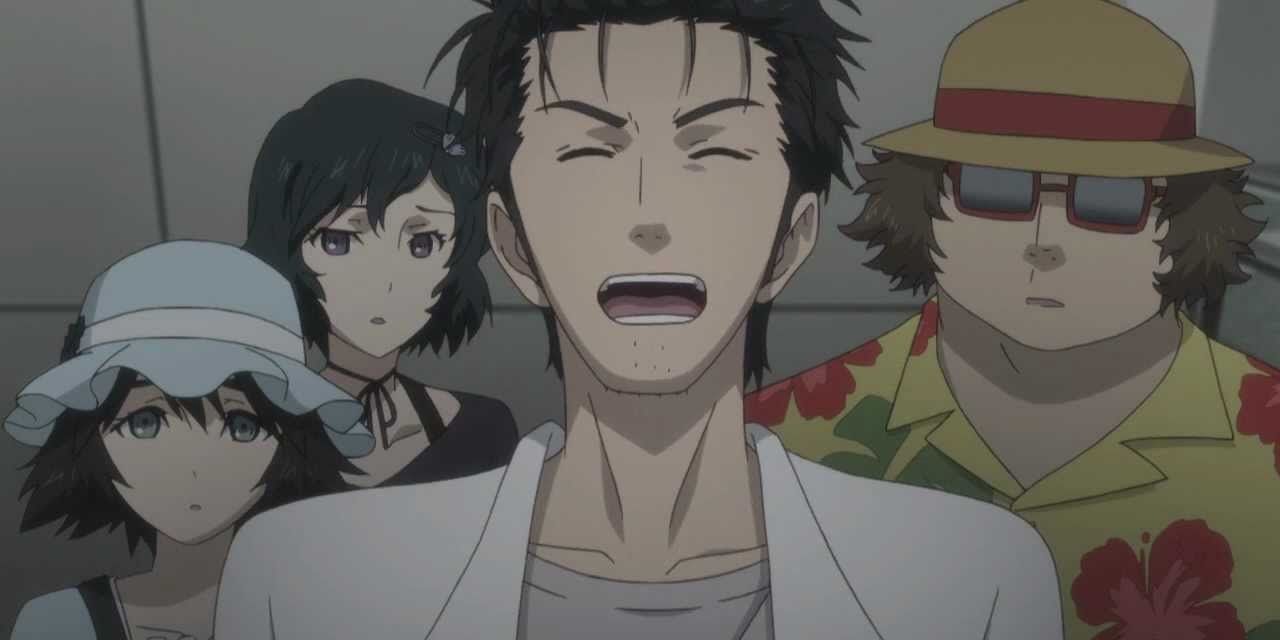
Adaptations of video games into anime often have a poor reputation, but this isn’t true for visual novels. These interactive stories are responsible for creating many well-known anime series, such as those from the Fate franchise and Clannad. Steins;Gate, as a visual novel, was particularly successful and well-received, being the second installment in the Science Adventure series, which followed Chaos;Head from 2008.
Back in 2011, I stumbled upon an anime that took me on an unpredictable journey through time with Rintaro Okabe. This series was nothing short of phenomenal, garnering widespread appreciation for its clever dialogue, captivating character growth, and pulse-pounding sci-fi narrative. Although the visual novel offers a more detailed and rich account of the story, the anime masterfully condenses the tale without compromising its core essence.
Keiko Nobumoto, the screenwriter behind shows like Cowboy Bebop and Wolf’s Rain, crafted the latter as a significantly more immersive and captivating work compared to her previous projects. To this day, Wolf’s Rain is widely recognized as one of the most atmospheric fantasy anime from the early 2000s. The series unfolds in a desolate, post-apocalyptic world teetering on the edge of despair, where it tells the story of a group of wolves embarking on a quest to find Paradise, a legendary sanctuary that only they can reach.
In a melancholic yet beautifully crafted manner, “Wolf’s Rain” offers a heartrending journey for viewers. The series boasts a subdued color scheme and a poignant soundtrack by renowned composer Yoko Kanno, making every visual element captivatingly stunning. Regarding the storyline, however, the series struggles to complete its tale within the 26-episode span, with the conclusion being presented as a 4-part OVA released separately.
Original anime productions provide creators with a unique platform to manifest unconventional storylines that might not have materialized otherwise. For instance, “Serial Experiments Lain” was an innovative joint effort among industry luminaries like writer Chiaki J. Konaka and character designer Yoshitoshi Abe. The series, in turn, showcased a brilliant demonstration of avant-garde cyberpunk terror.
The narrative of “Serial Experiments Lain” revolves around the title character, an antisocial teenage girl, who gets drawn into the digital realm known as the Wired. This unique girl experiences a transformation of her identity within this process. Known for its complex storyline, powerful thematic content, and captivating visual style, “Serial Experiments Lain” is a standout gem from its era – a rarity in contemporary anime that’s hard to find nowadays.
In a surprising twist, the popular and eccentric anime series “Revolutionary Girl Utena,” produced by director Kunihiko Ikuhara, may initially appear to be a typical shojo anime. However, upon closer inspection, it proves to be far from ordinary. The story revolves around Utena Tenjou, a courageous but innocent girl who enrolls in the prestigious Ohtori Academy and decides to participate in their dueling competition, with the ultimate goal of winning the hand of the enigmatic Rose Bride.
As the tale of Utena unfolds, it transforms into a deeply moving tragedy that challenges conventional themes found in fairytale-like narratives such as gender norms, youthful optimism, and straightforward growth. Kunihiko Ikuhara, who previously made a name for himself working on Sailor Moon, went on to direct several critically acclaimed original anime productions under his leadership, including sequels like Adolescence of Utena, Penguindrum, and Sarazanmai.

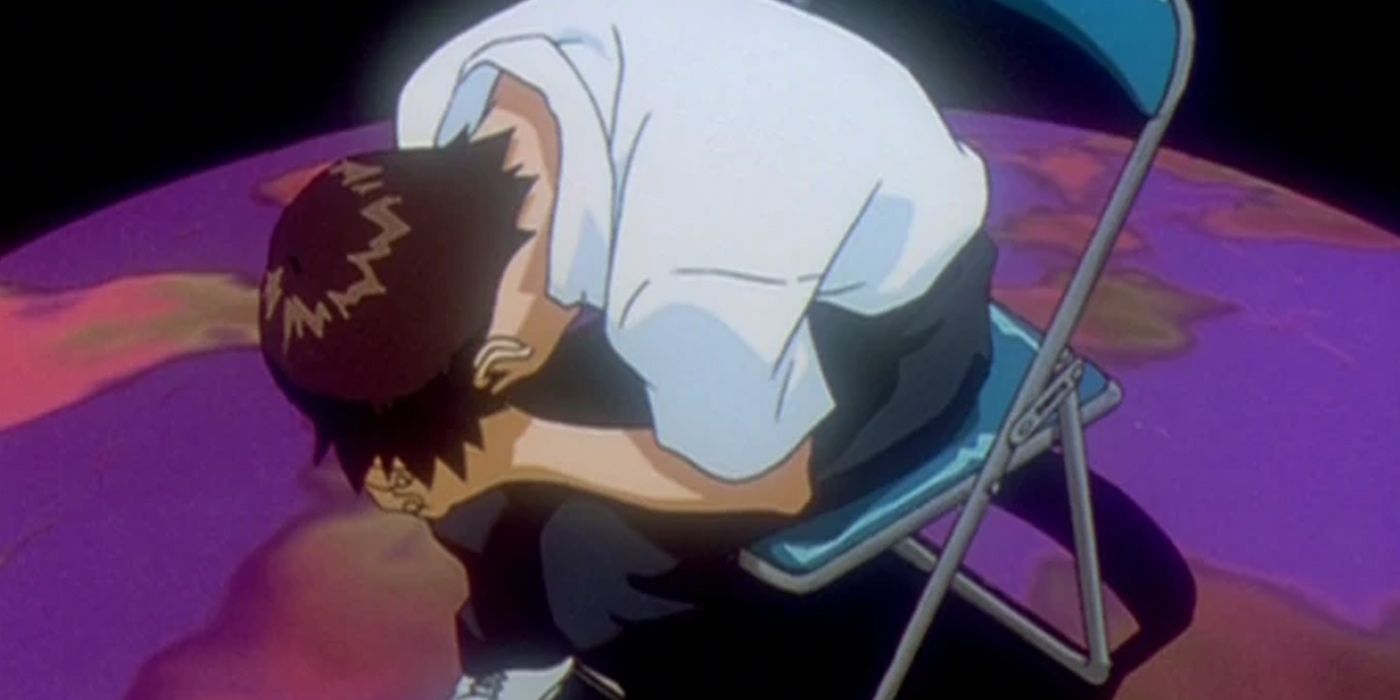
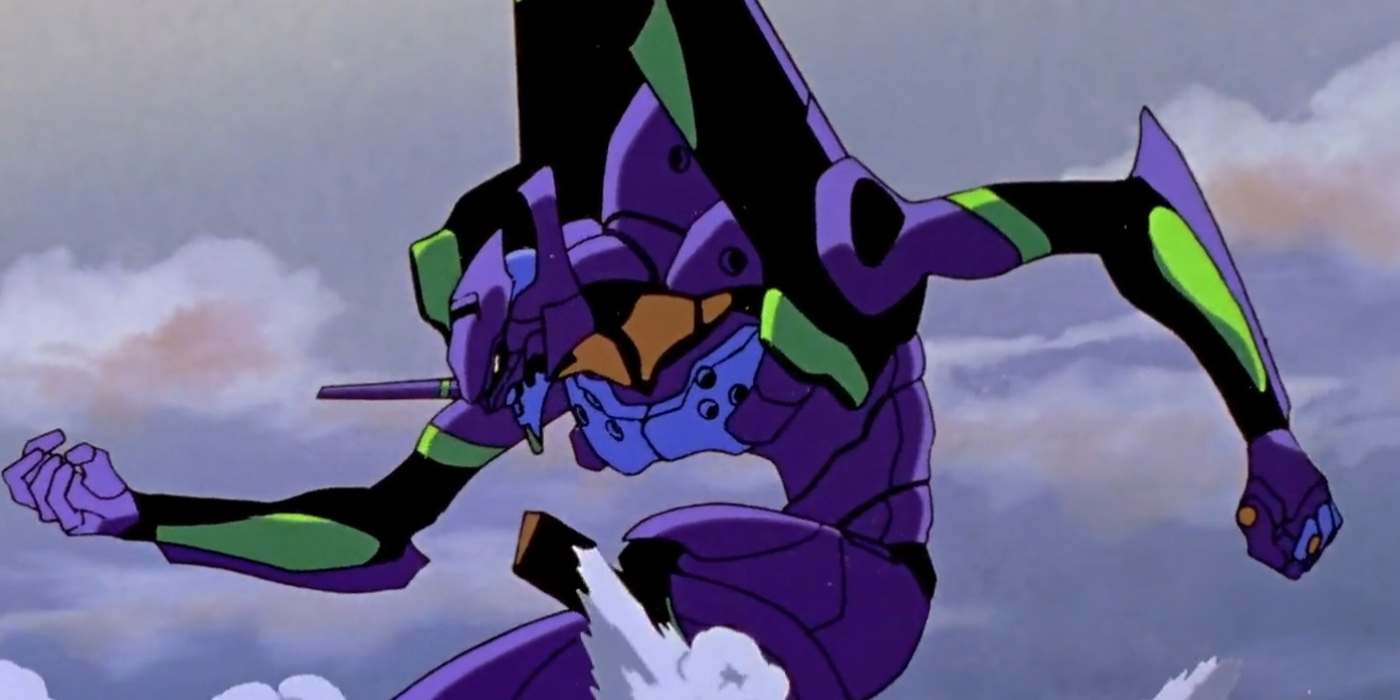
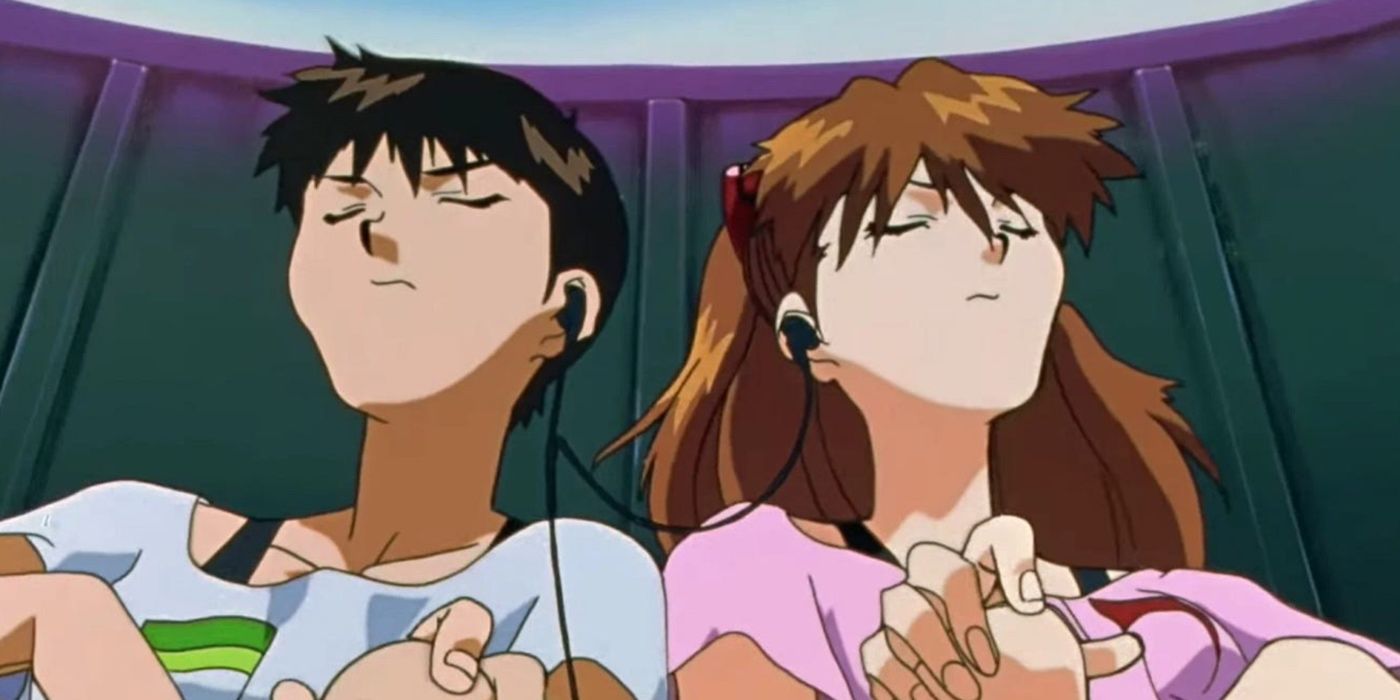
The mecha genre often leans towards unique stories created for anime, such as recent hits like “Promare” and timeless classics like various original “Gundam” series. Yet, one anime from the late ’90s significantly influenced the entire anime industry – “Neon Genesis Evangelion”.
The anime show “Evangelion” was created by Hideaki Anno, focusing on Shinji Ikari, a shy boy compelled to fight mysterious aliens called Angels while piloting mecha. Unlike traditional mecha series that emphasize military aspects, “Evangelion” delved deeply into the emotional lives of its characters, sparking ongoing debates. However, Anno’s vision for “Evangelion” has been continually evolving since the original show ended, with the final film in his “Rebuild of Evangelion” project not premiering until 2021.
In the realm of anime, it’s quite uncommon to encounter adaptations (excluding light novels) of novels. However, one of the most highly regarded science fiction sagas within this medium actually stems from a series of books. _Legend of the Galactic Heroes_ is set in a future where space travel is commonplace, and two distinct powers – the imperialist Galactic Empire and the democratic Free Planets Alliance – are perpetually engaged in conflict.
Instead of following a conventional path for action-oriented series, Legend of the Galactic Heroes delves deeper into military science fiction, offering audiences a rich and intricate narrative spread across more than a hundred episodes. This grand epic of future warfare is an excellent representation of its complex source material.
Read More
- Mobile Legends: Bang Bang (MLBB) Sora Guide: Best Build, Emblem and Gameplay Tips
- Brawl Stars December 2025 Brawl Talk: Two New Brawlers, Buffie, Vault, New Skins, Game Modes, and more
- Clash Royale Best Boss Bandit Champion decks
- Best Hero Card Decks in Clash Royale
- Call of Duty Mobile: DMZ Recon Guide: Overview, How to Play, Progression, and more
- Clash Royale December 2025: Events, Challenges, Tournaments, and Rewards
- Best Arena 9 Decks in Clast Royale
- Clash Royale Best Arena 14 Decks
- Clash Royale Witch Evolution best decks guide
- Brawl Stars December 2025 Brawl Talk: Two New Brawlers, Buffie, Vault, New Skins, Game Modes, and more
2025-06-07 16:38